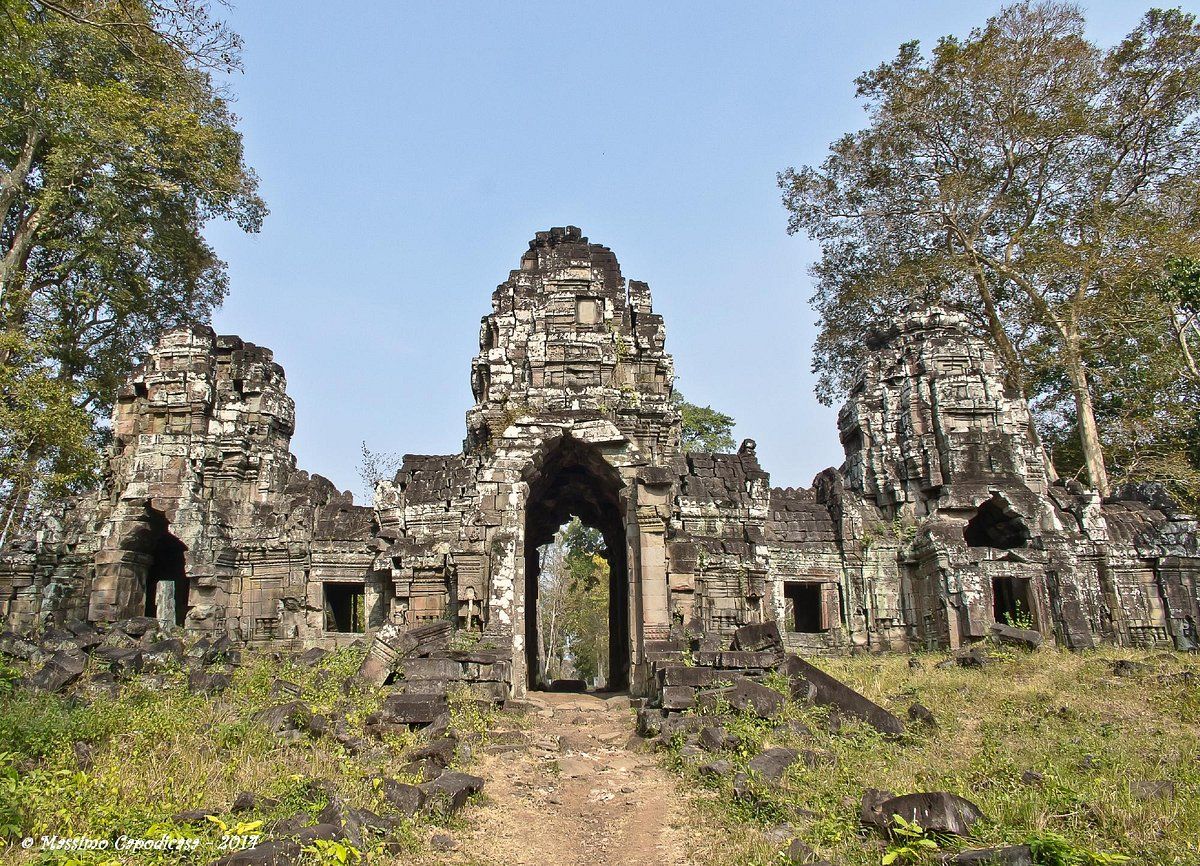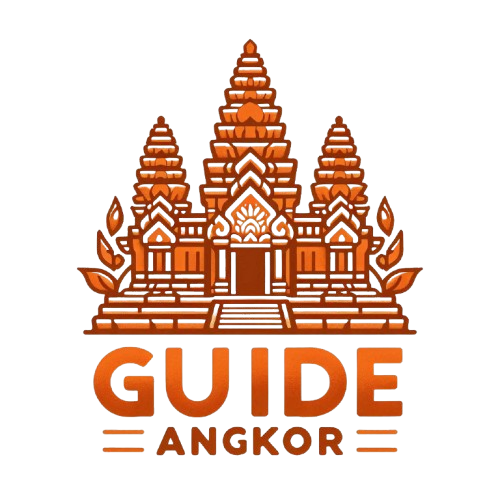Cambodia is a small, unique kingdom with a land area of 181.035 square. Kilometers, making it about the same size as the State of Washington or as England and Wales.
Cambodia is a small, unique kingdom with a land area of 181.035 square. Kilometers, making it about the same size as the State of Washington or as England and Wales. The Mekong River is the lifeline of Cambodia and it cuts a path for about 500 kilometers dividing the country into the north and the south. The Tonlé Sap Lake is the largest fresh water lake in Southeast Asia. During the monsoon season between June and October the Tonlé Sap River reverses its flow and runs in the opposite direction, filling the Tonlé Sap Lake. The Tonlé Sap River is the only river in the world that flows in both directions. The central plains account for two-thirds of the country and are mainly agricultural areas that become flooded in the monsoon season. Most of the population lives on the fertile flood plains, which are very important for the country’s agricultural production, especially of rice. The plains are sparsely forested, whereas all other parts of the landscape are composed of densely forested hills.
Cambodia is a small, unique kingdom with a land area of 181.035 square. Kilometers, making it about the same size as the State of Washington or as England and Wales.
Cambodia is a small, unique kingdom with a land area of 181.035 square. Kilometers, making it about the same size as the State of Washington or as England and Wales. The Mekong River is the lifeline of Cambodia and it cuts a path for about 500 kilometers dividing the country into the north and the south. The Tonlé Sap Lake is the largest fresh water lake in Southeast Asia. During the monsoon season between June and October the Tonlé Sap River reverses its flow and runs in the opposite direction, filling the Tonlé Sap Lake. The Tonlé Sap River is the only river in the world that flows in both directions. The central plains account for two-thirds of the country and are mainly agricultural areas that become flooded in the monsoon season. Most of the population lives on the fertile flood plains, which are very important for the country’s agricultural production, especially of rice. The plains are sparsely forested, whereas all other parts of the landscape are composed of densely forested hills.

Cambodia is a small
Cambodia is a small, unique kingdom with a land area of 181.035 square. Kilometers, making it about the same size as the State of Washington or as England and Wales. The Mekong River is the lifeline of Cambodia and it cuts a path for about 500 kilometers dividing the country into the north and the south. The Tonlé Sap Lake is the largest fresh water lake in Southeast Asia. The Mekong River is the lifeline of Cambodia and it cuts a path for about 500 kilometers dividing the country into the north and the south. The Tonlé Sap Lake is the largest fresh water lake in Southeast Asia.
Cambodia is a small, unique kingdom with a land area of 181.035 square. Kilometers, making it about the same size as the State of Washington or as England and Wales.
Cambodia is a small, unique kingdom with a land area of 181.035 square. Kilometers, making it about the same size as the State of Washington or as England and Wales. The Mekong River is the lifeline of Cambodia and it cuts a path for about 500 kilometers dividing the country into the north and the south. The Tonlé Sap Lake is the largest fresh water lake in Southeast Asia. During the monsoon season between June and October the Tonlé Sap River reverses its flow and runs in the opposite direction, filling the Tonlé Sap Lake. The Tonlé Sap River is the only river in the world that flows in both directions. The central plains account for two-thirds of the country and are mainly agricultural areas that become flooded in the monsoon season. Most of the population lives on the fertile flood plains, which are very important for the country’s agricultural production, especially of rice. The plains are sparsely forested, whereas all other parts of the landscape are composed of densely forested hills.
Cambodia is a small, unique kingdom with a land area of 181.035 square. Kilometers, making it about the same size as the State of Washington or as England and Wales.
Cambodia is a small, unique kingdom with a land area of 181.035 square. Kilometers, making it about the same size as the State of Washington or as England and Wales. The Mekong River is the lifeline of Cambodia and it cuts a path for about 500 kilometers dividing the country into the north and the south. The Tonlé Sap Lake is the largest fresh water lake in Southeast Asia. During the monsoon season between June and October the Tonlé Sap River reverses its flow and runs in the opposite direction, filling the Tonlé Sap Lake. The Tonlé Sap River is the only river in the world that flows in both directions. The central plains account for two-thirds of the country and are mainly agricultural areas that become flooded in the monsoon season. Most of the population lives on the fertile flood plains, which are very important for the country’s agricultural production, especially of rice. The plains are sparsely forested, whereas all other parts of the landscape are composed of densely forested hills.
Cambodia is a small, unique kingdom with a land area of 181.035 square. Kilometers, making it about the same size as the State of Washington or as England and Wales.
Cambodia is a small, unique kingdom with a land area of 181.035 square. Kilometers, making it about the same size as the State of Washington or as England and Wales. The Mekong River is the lifeline of Cambodia and it cuts a path for about 500 kilometers dividing the country into the north and the south. The Tonlé Sap Lake is the largest fresh water lake in Southeast Asia. During the monsoon season between June and October the Tonlé Sap River reverses its flow and runs in the opposite direction, filling the Tonlé Sap Lake. The Tonlé Sap River is the only river in the world that flows in both directions. The central plains account for two-thirds of the country and are mainly agricultural areas that become flooded in the monsoon season. Most of the population lives on the fertile flood plains, which are very important for the country’s agricultural production, especially of rice. The plains are sparsely forested, whereas all other parts of the landscape are composed of densely forested hills.
